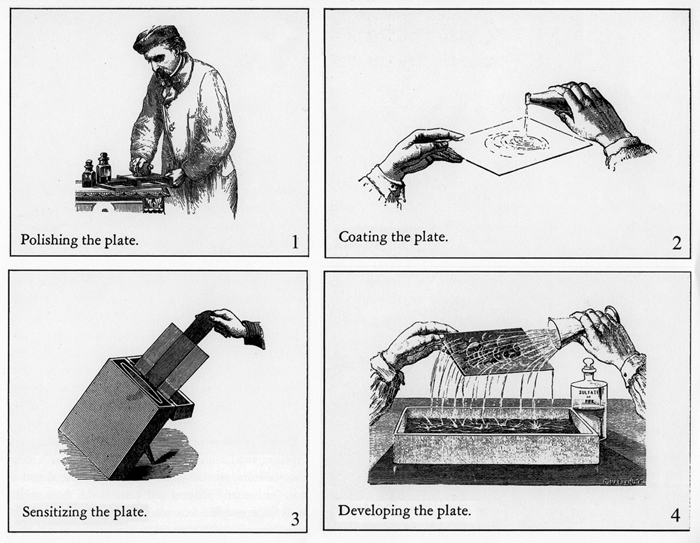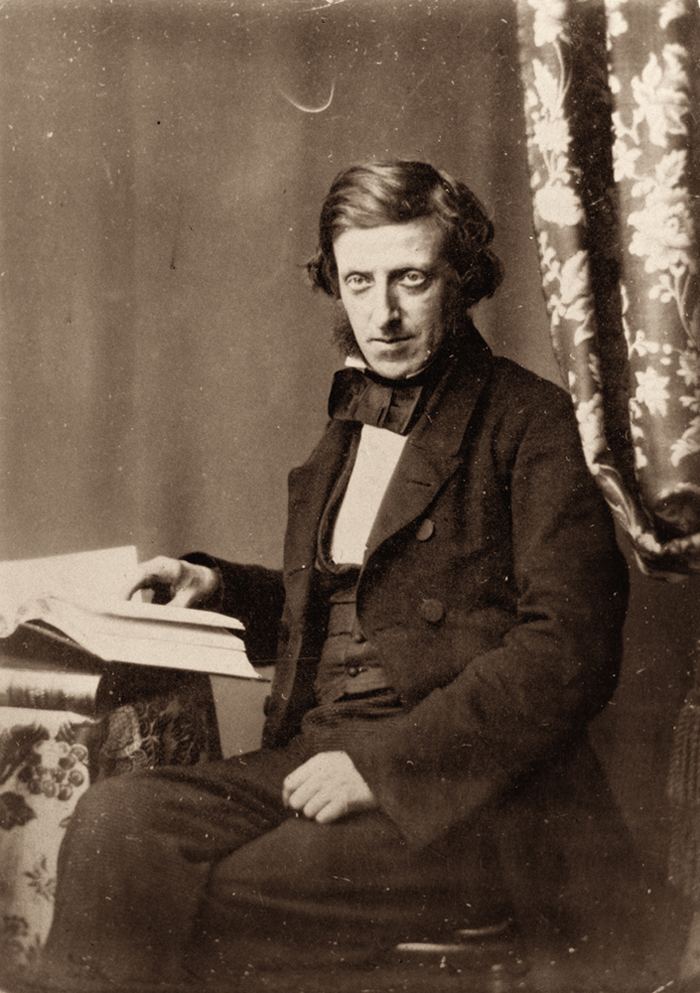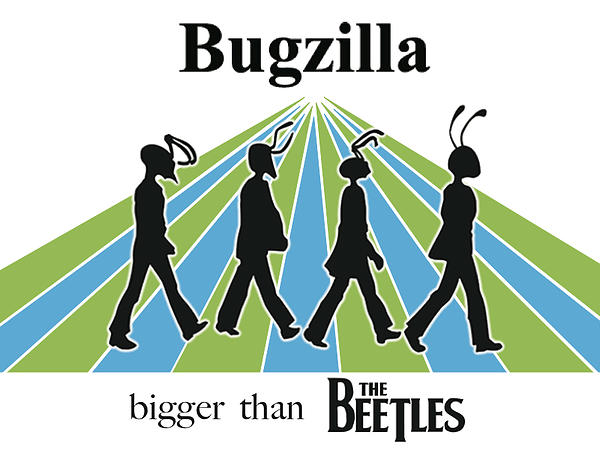 March 6th sees the return of Bugzilla to Cat Clay, her annual group show celebrating the art of the bug. I have a fondness for the maligned creatures of this planet (in addition to the more popular cute and fluffy ones), so I was delighted to be invited to participate this year.
March 6th sees the return of Bugzilla to Cat Clay, her annual group show celebrating the art of the bug. I have a fondness for the maligned creatures of this planet (in addition to the more popular cute and fluffy ones), so I was delighted to be invited to participate this year.
I've had my studio in the Hungerford for one year and I have met a wonderful group of artists sharing this beautiful old factory. The amazing Sabra Wood of Cat Clay works just down the hall from me making some very groovy ceramics, running the non-profit Sample Soap, and hosting guest artists every month at her studio on First Fridays.
Stop by Cat Clay (#242) on March 6, 2015 from 5p-9p for Bugzilla! And then head down the hall to visit me at Genesee Libby (#225).
Participating artists include: Beth Bloom, Chris Charles, Karin Marlett Choi, Littlewing Clay, Amber Dutcher, Carolyn R. Ellinger, Shawnee R M Hill, The Knotty Owl, Jenn Libby Studio, Susan Mandl, Bev Rafferty, Sophie Signorini, Paul Taylor Glass, April Younglove and of course, her bugginess, Clifton Wood!
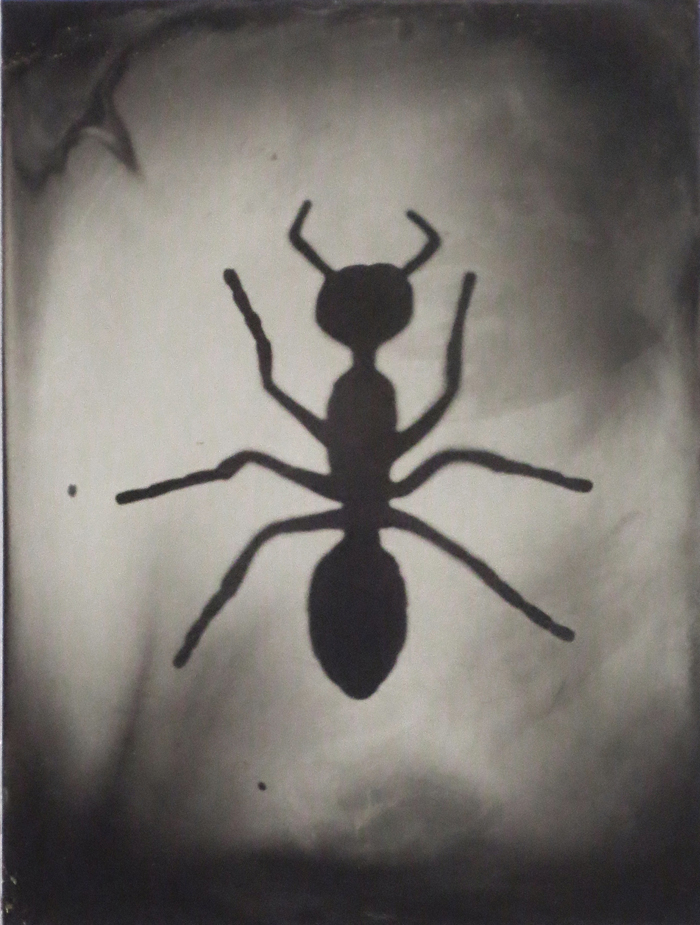
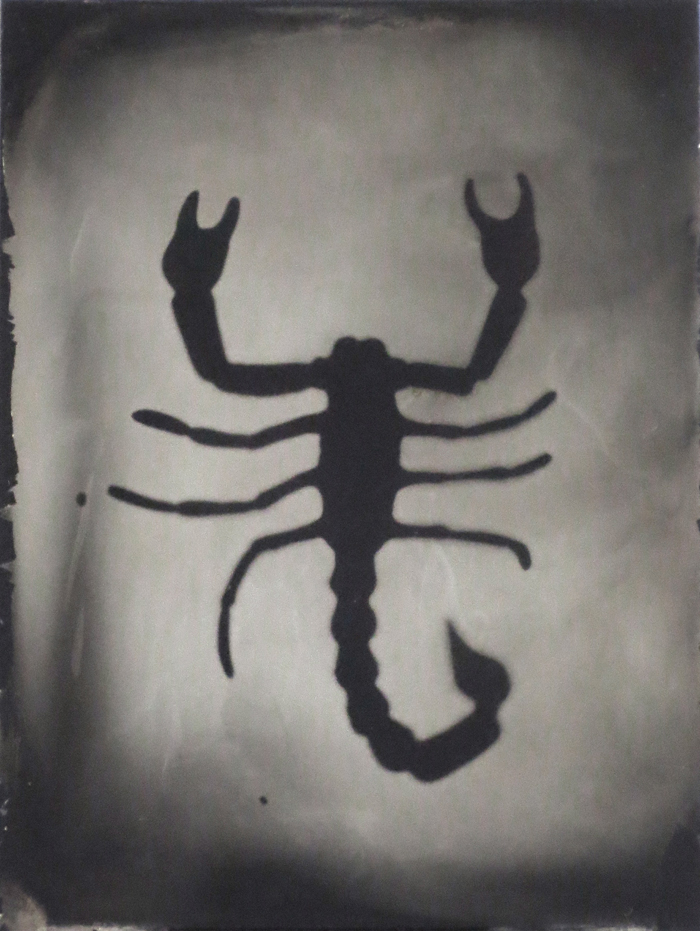
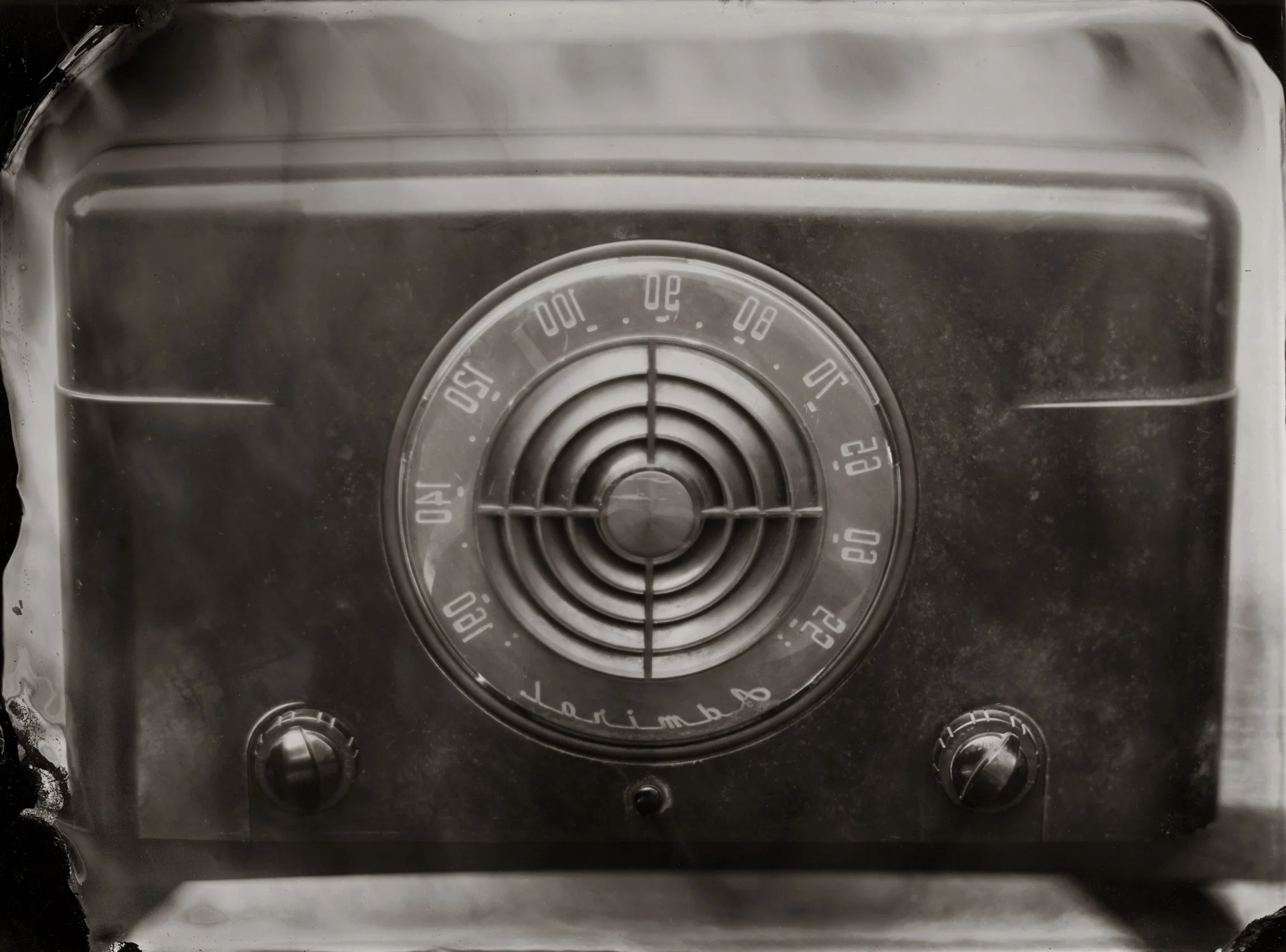
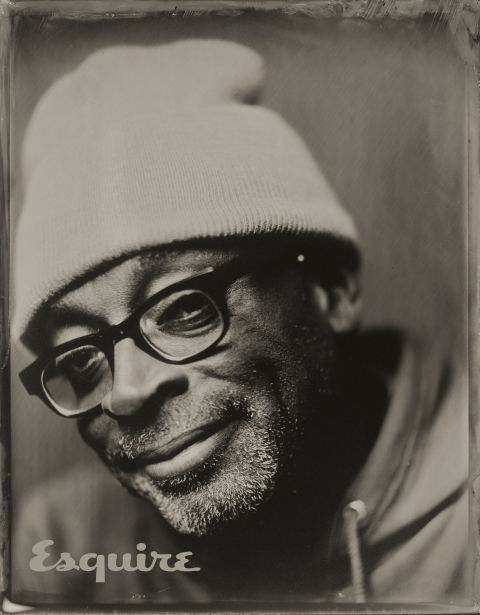
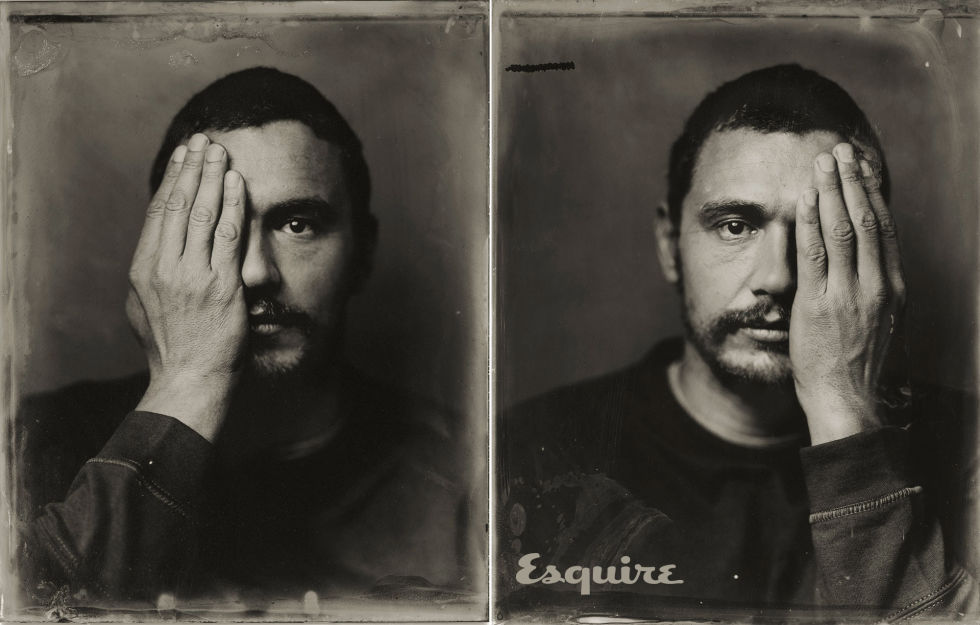
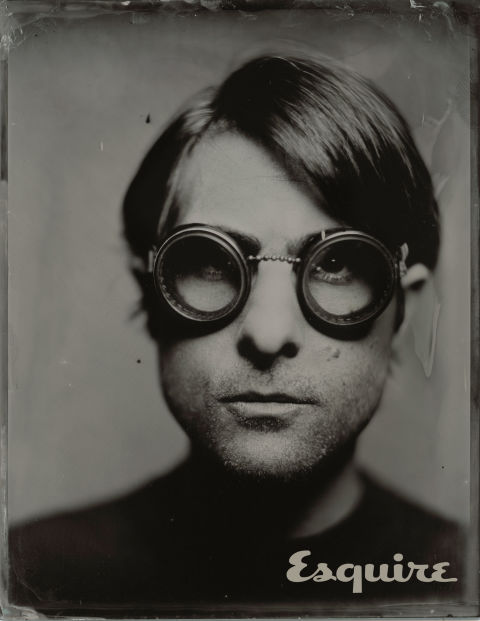
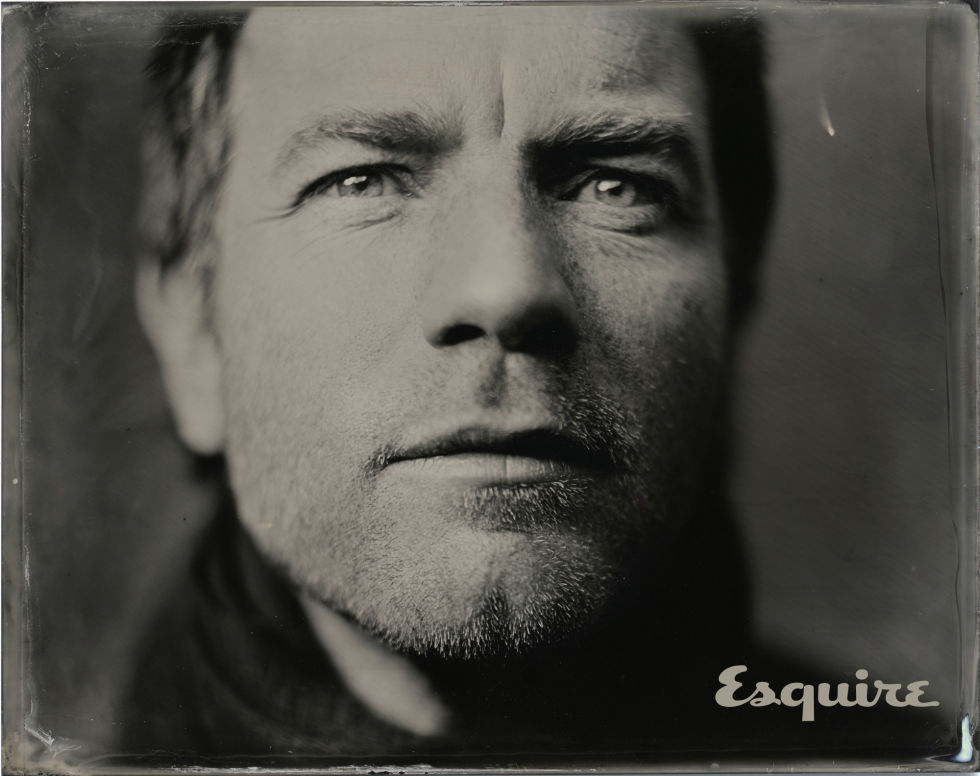
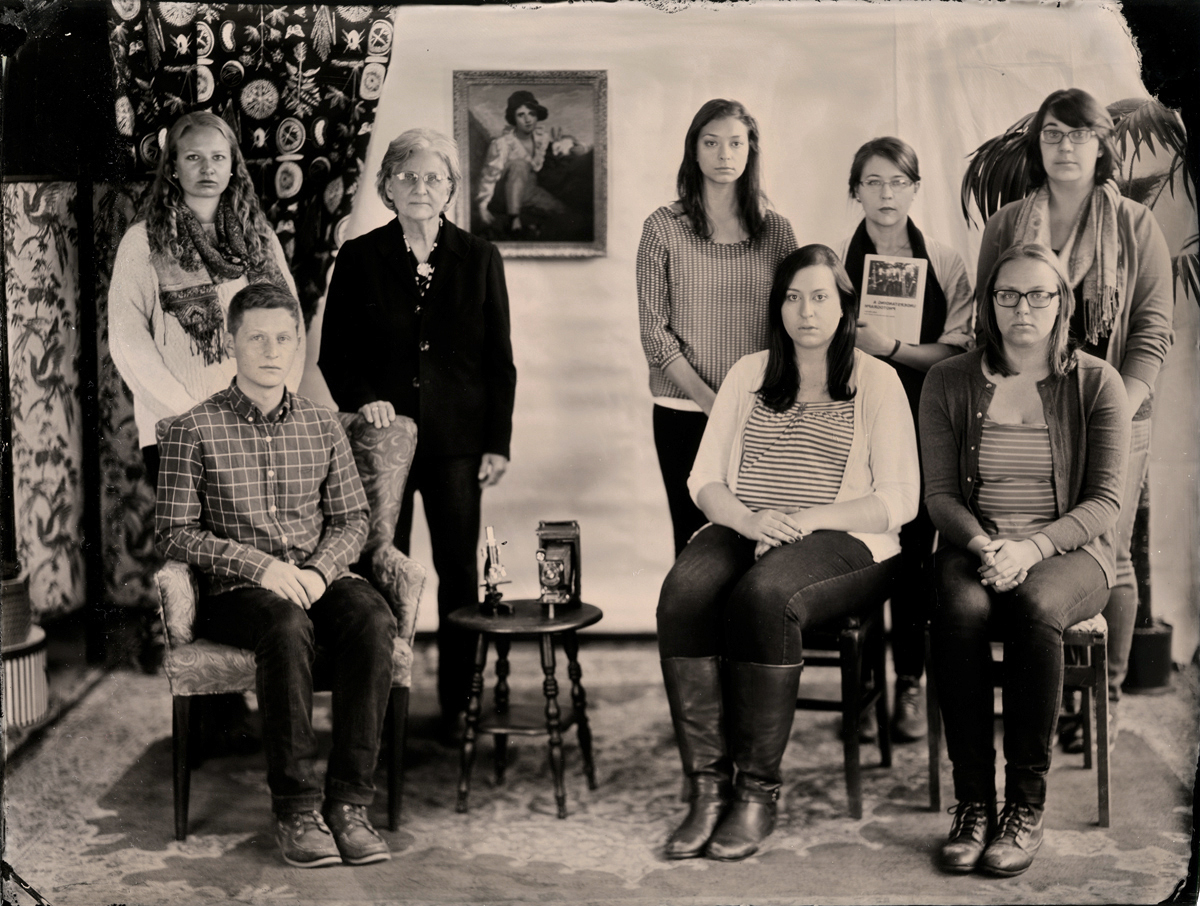 In November, I had my first portrait clients at the new studio and it was challenging and fun! University of Rochester professor, Claudia Schaefer, heard about Genesee Libby through a mutual friend. As she was covering 19th-century photography in her class, she wanted to give her students the opportunity to experience a wet-plate collodion portrait session first hand. I was a bit nervous to be photographing such a large group for the first time ever, but it went quite well.
In November, I had my first portrait clients at the new studio and it was challenging and fun! University of Rochester professor, Claudia Schaefer, heard about Genesee Libby through a mutual friend. As she was covering 19th-century photography in her class, she wanted to give her students the opportunity to experience a wet-plate collodion portrait session first hand. I was a bit nervous to be photographing such a large group for the first time ever, but it went quite well.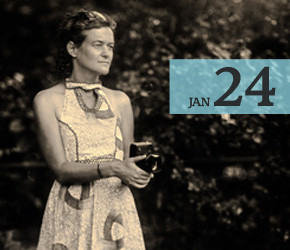 On Saturday January 24 at 1pm, Genesee Libby will be hosting a two-hour workshop to introduce people to the wet-plate collodion process. There will be a lecture and slide presentation, hands-on process samples, and a live demonstration of the process. This class is being offered through
On Saturday January 24 at 1pm, Genesee Libby will be hosting a two-hour workshop to introduce people to the wet-plate collodion process. There will be a lecture and slide presentation, hands-on process samples, and a live demonstration of the process. This class is being offered through 